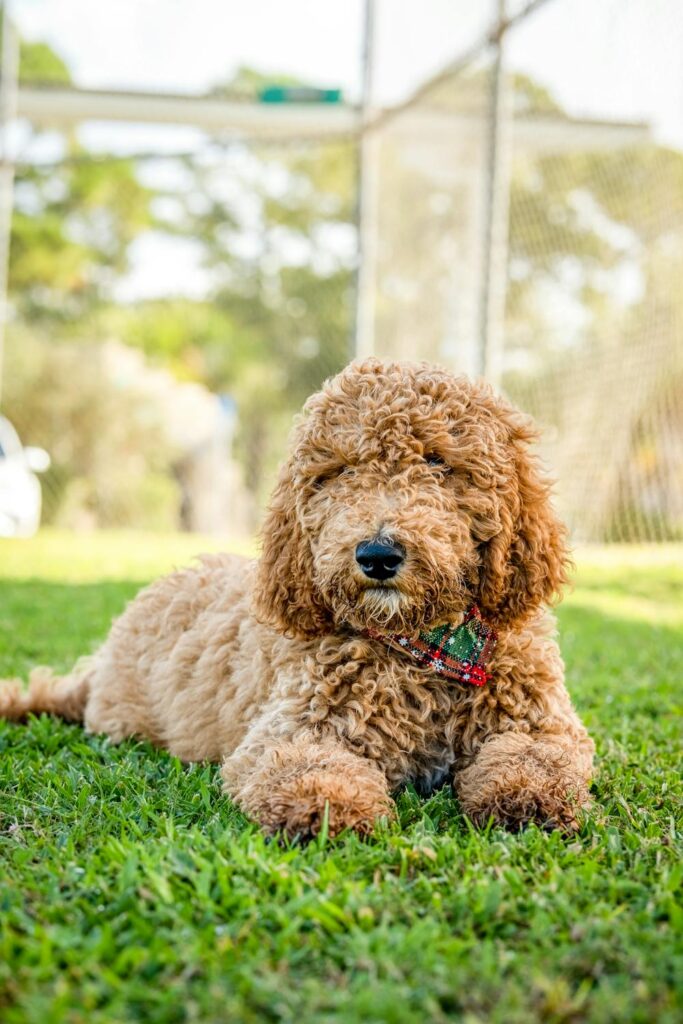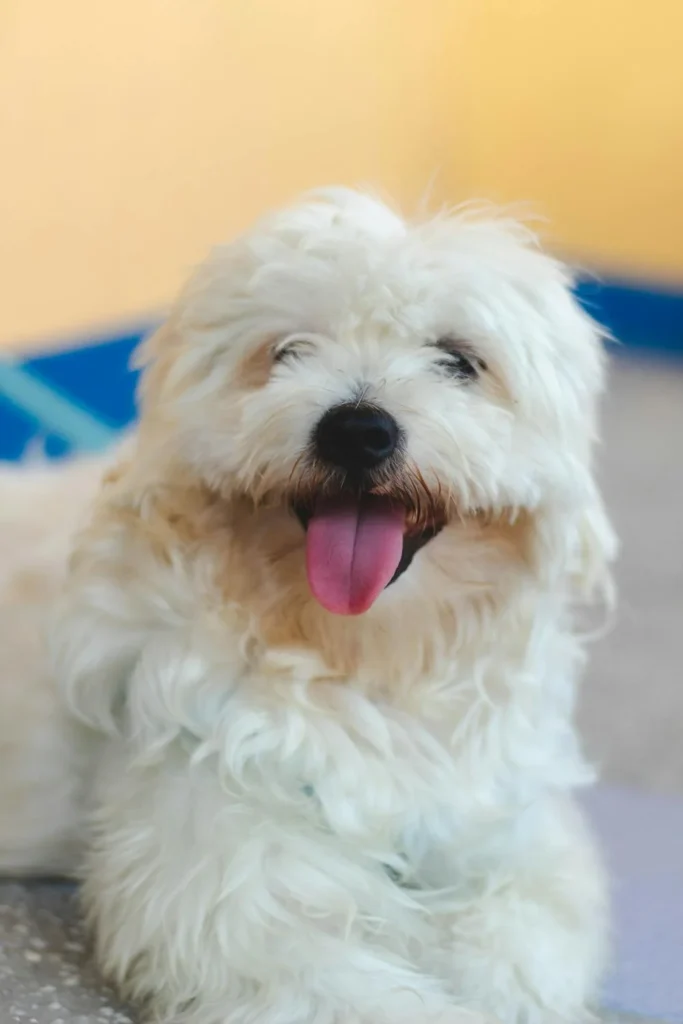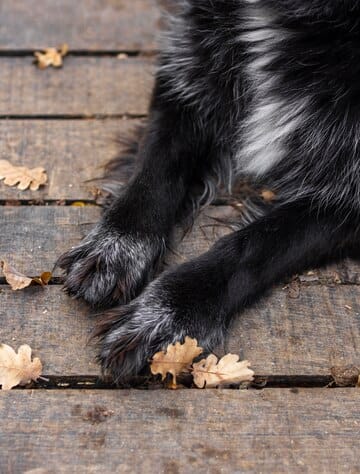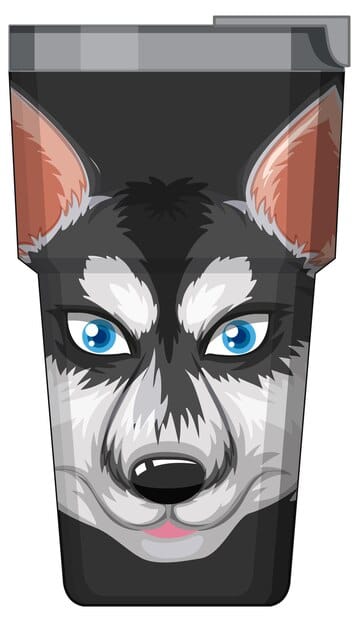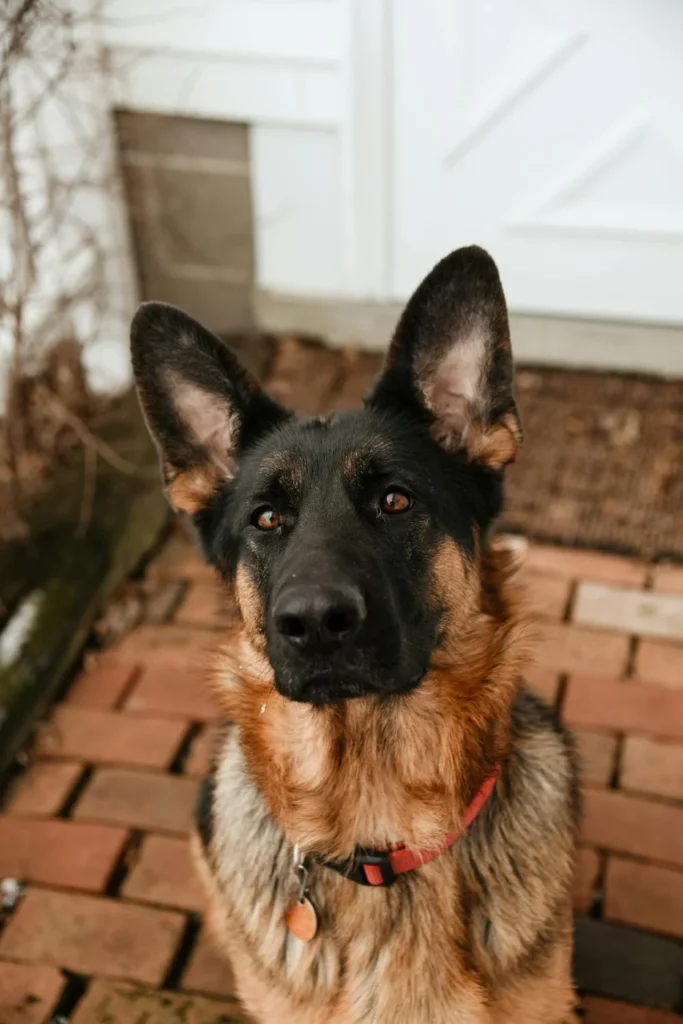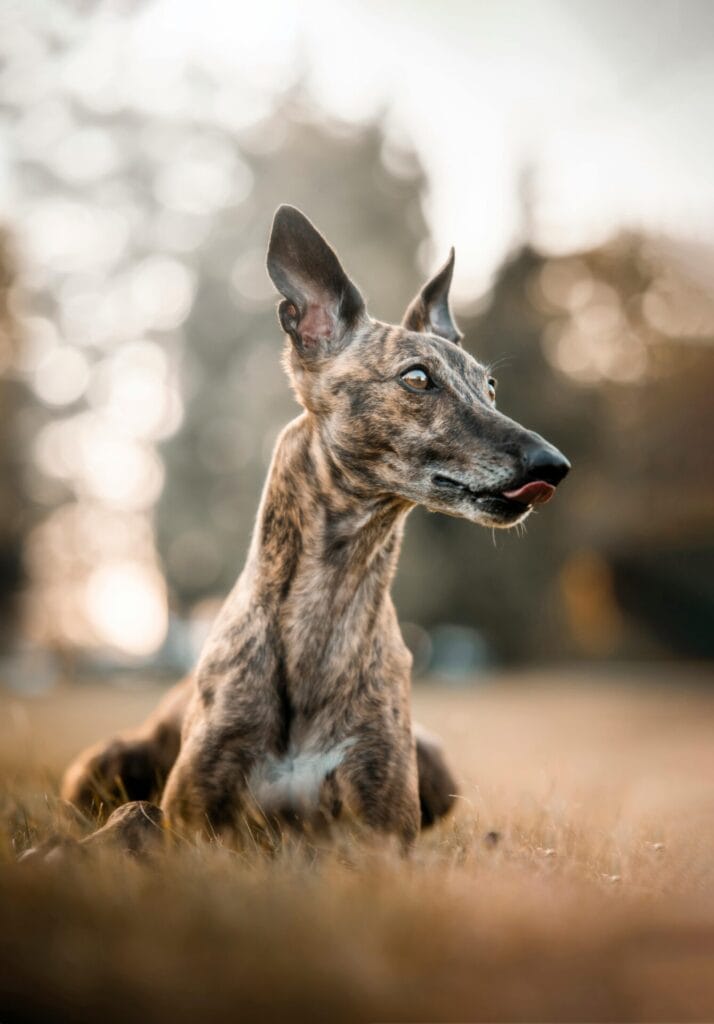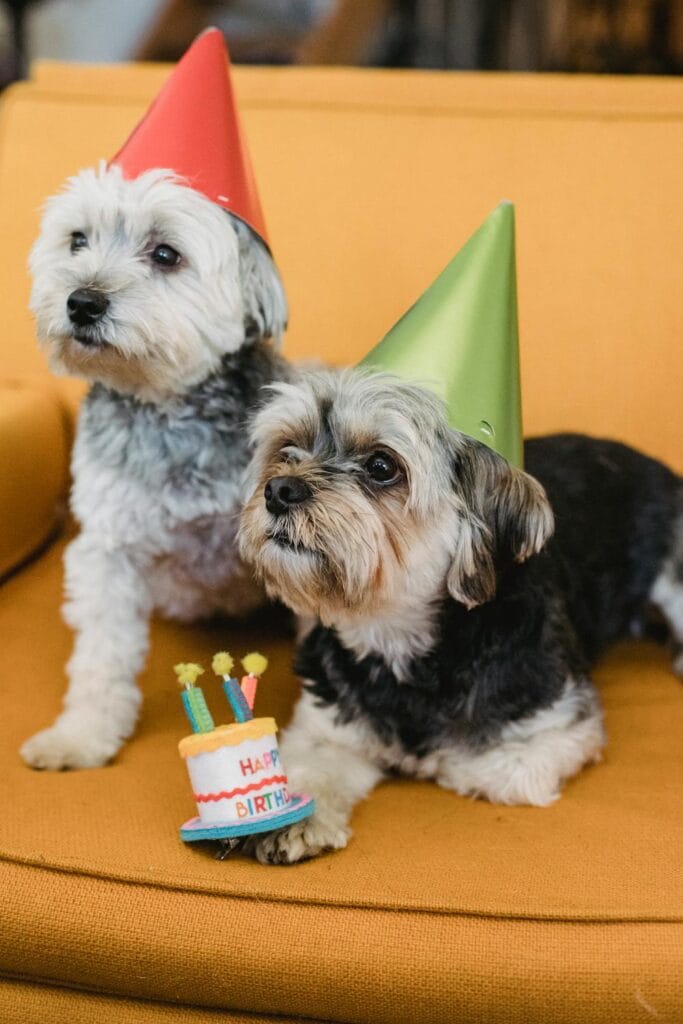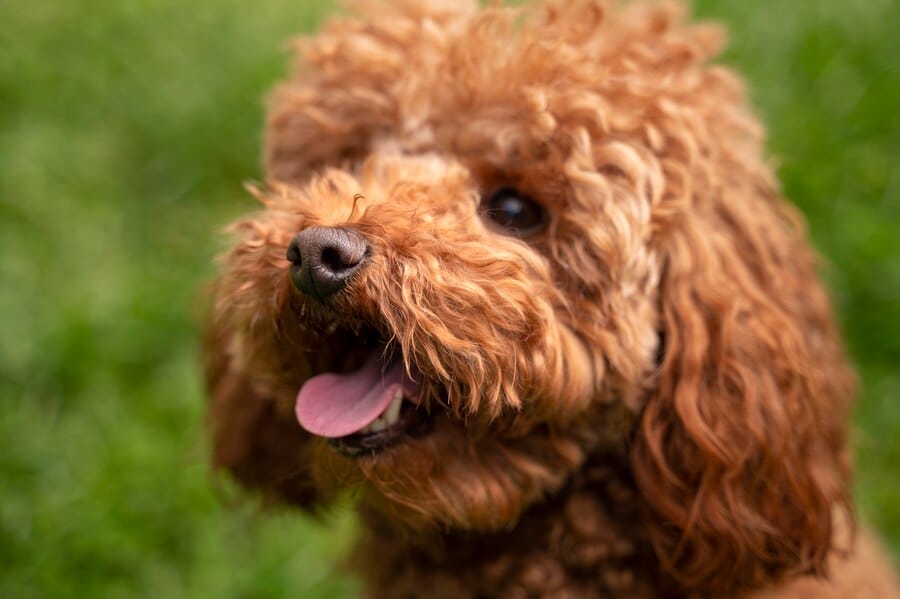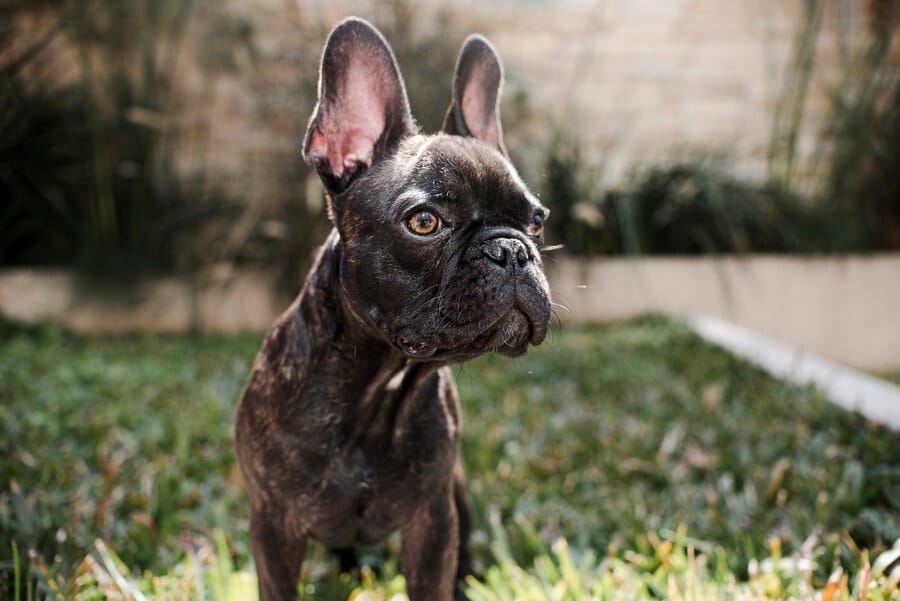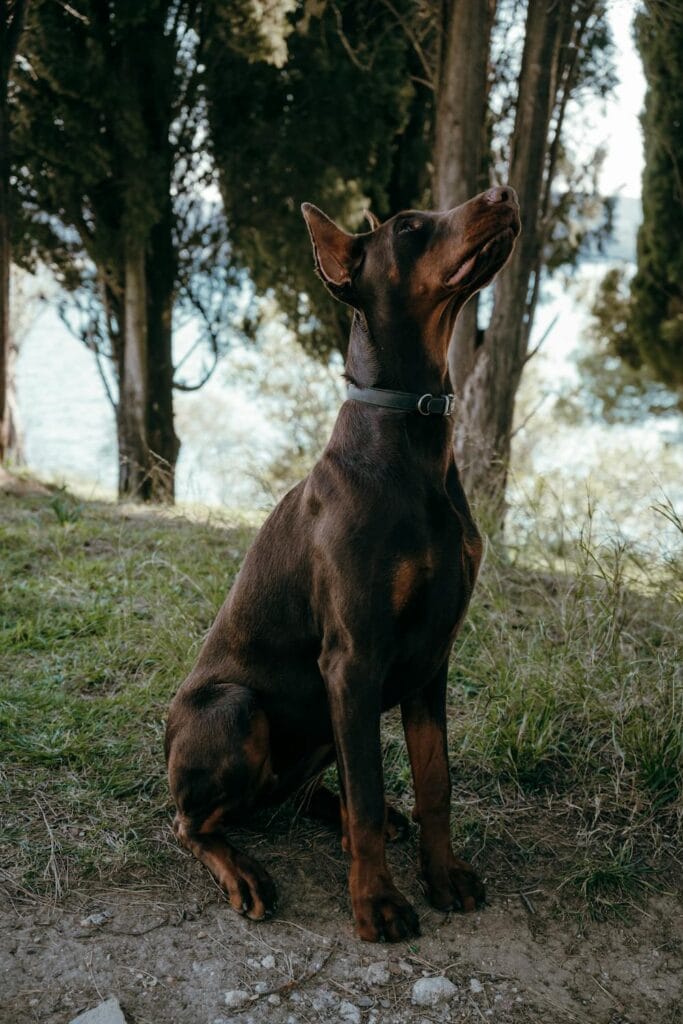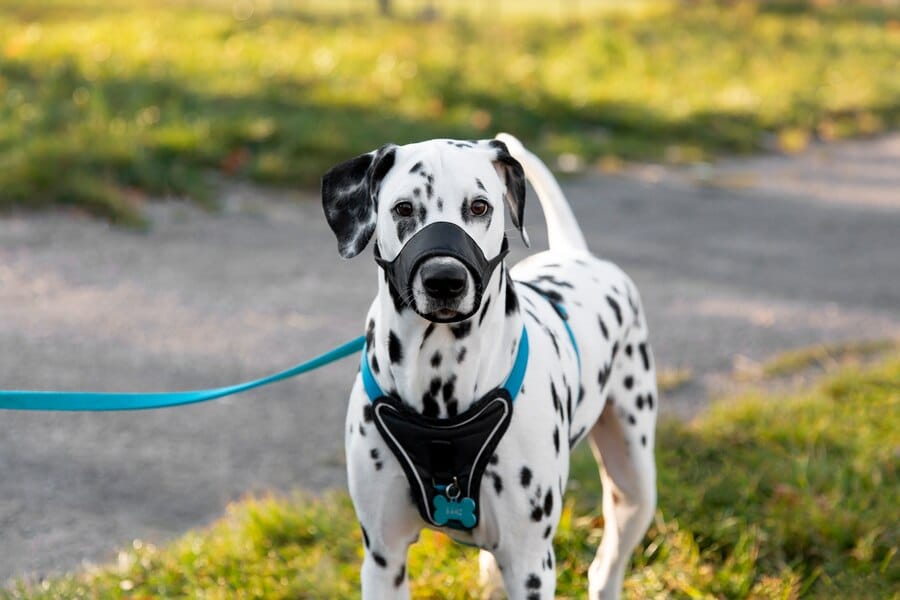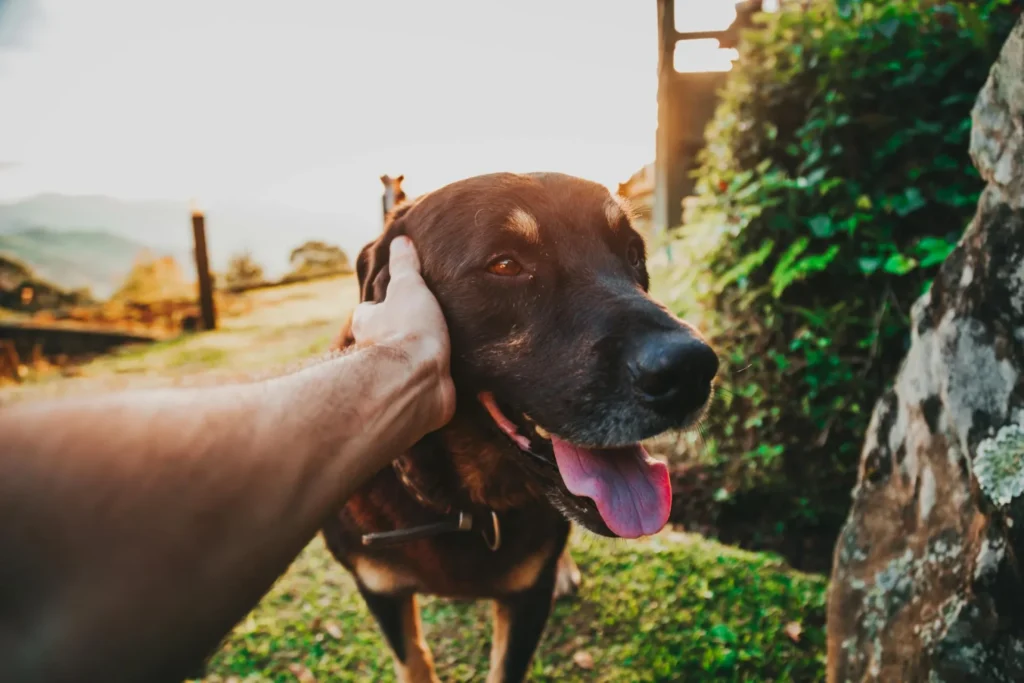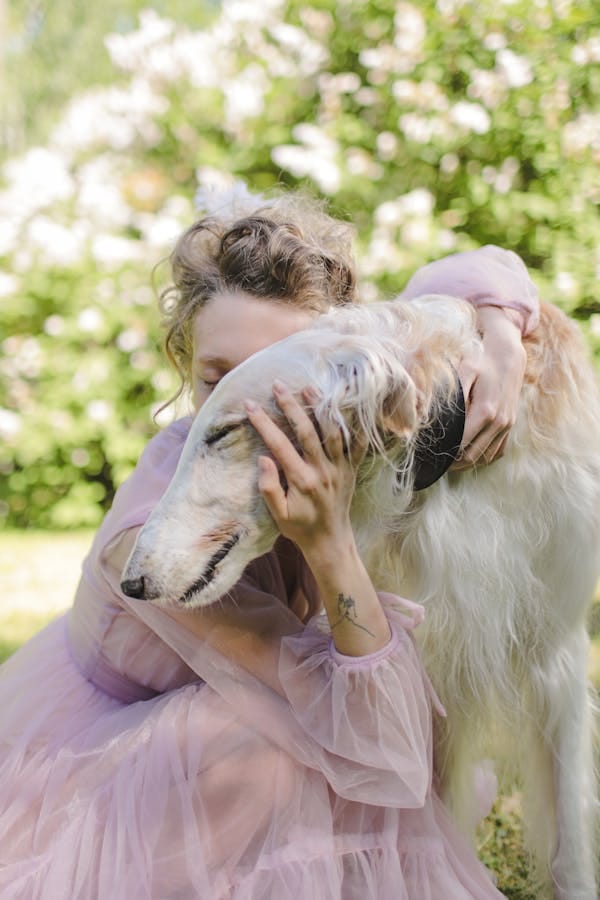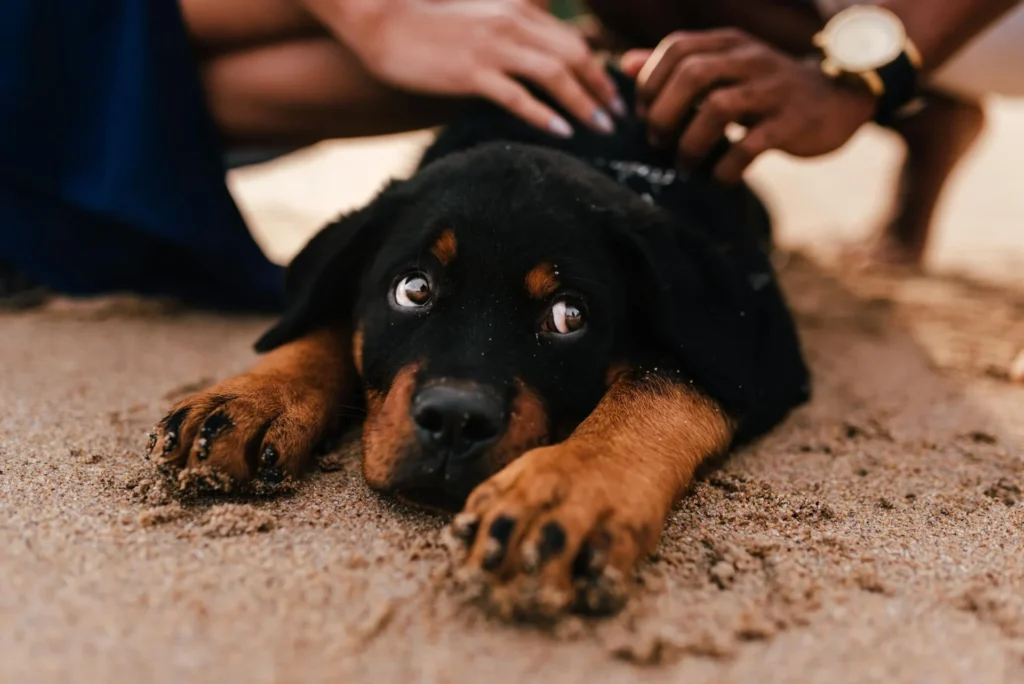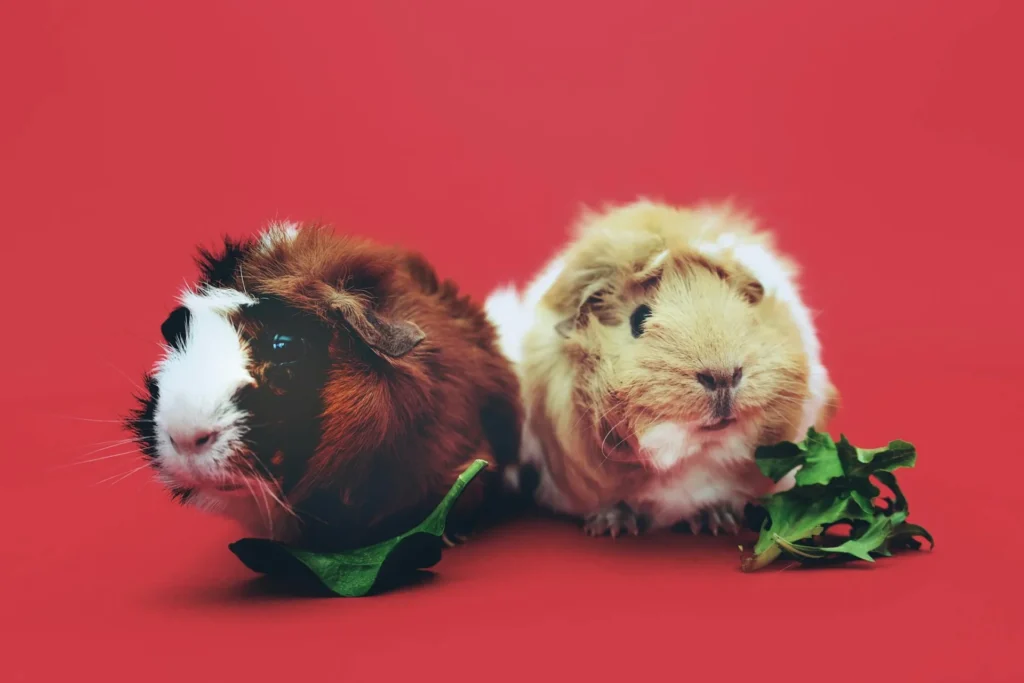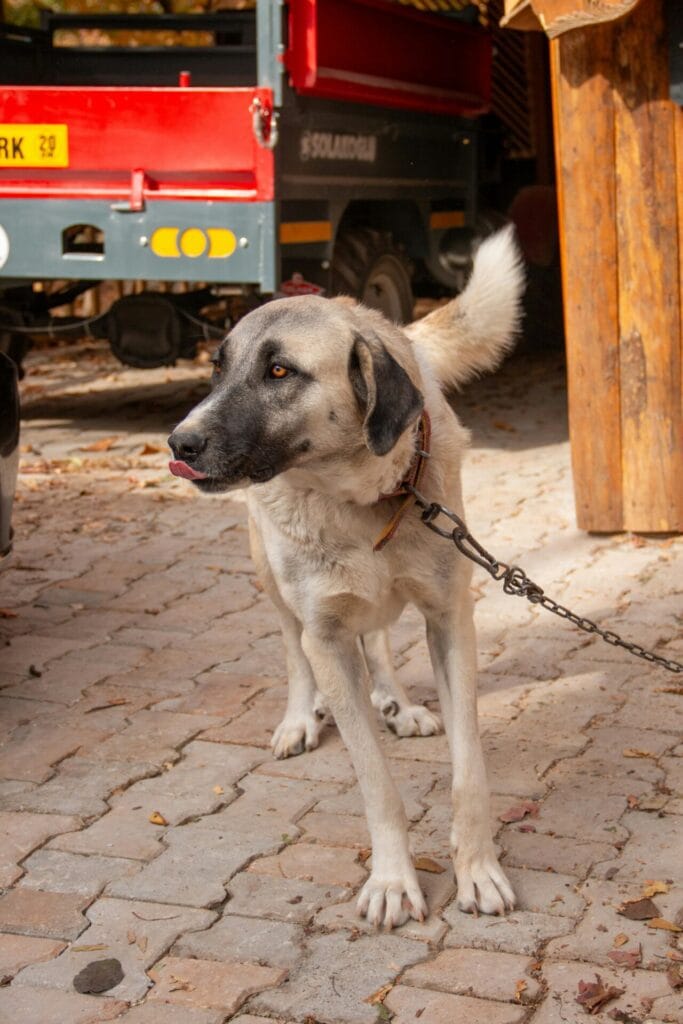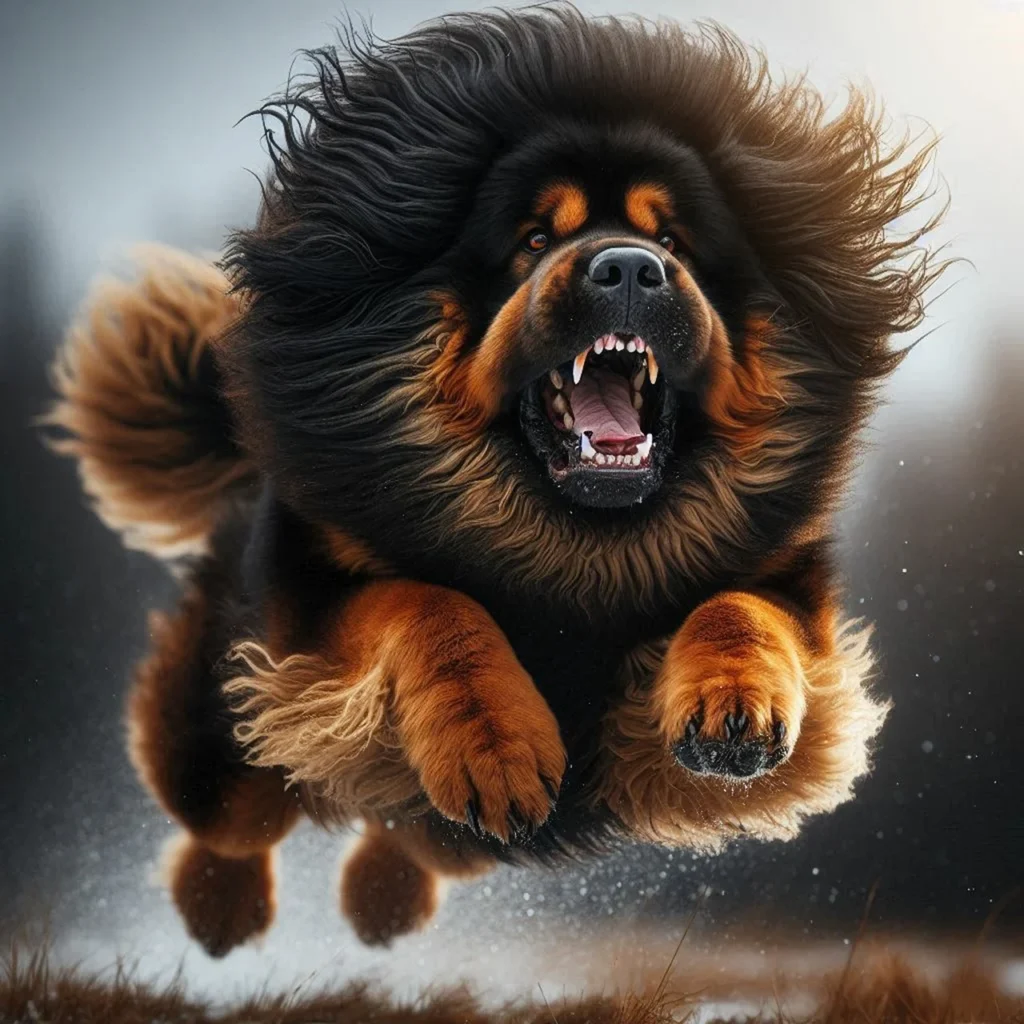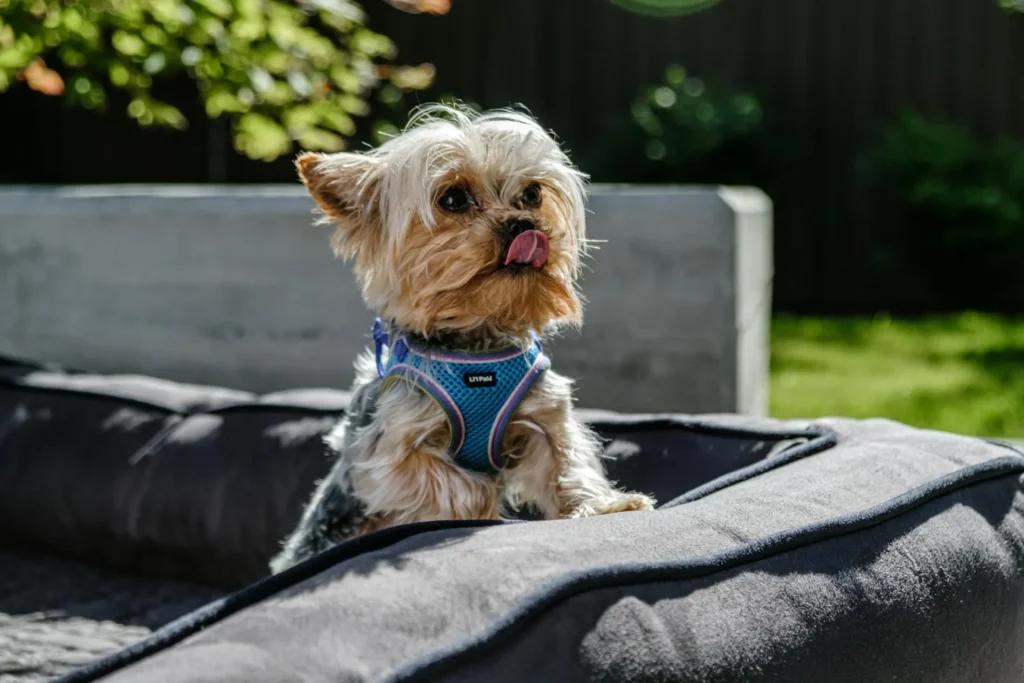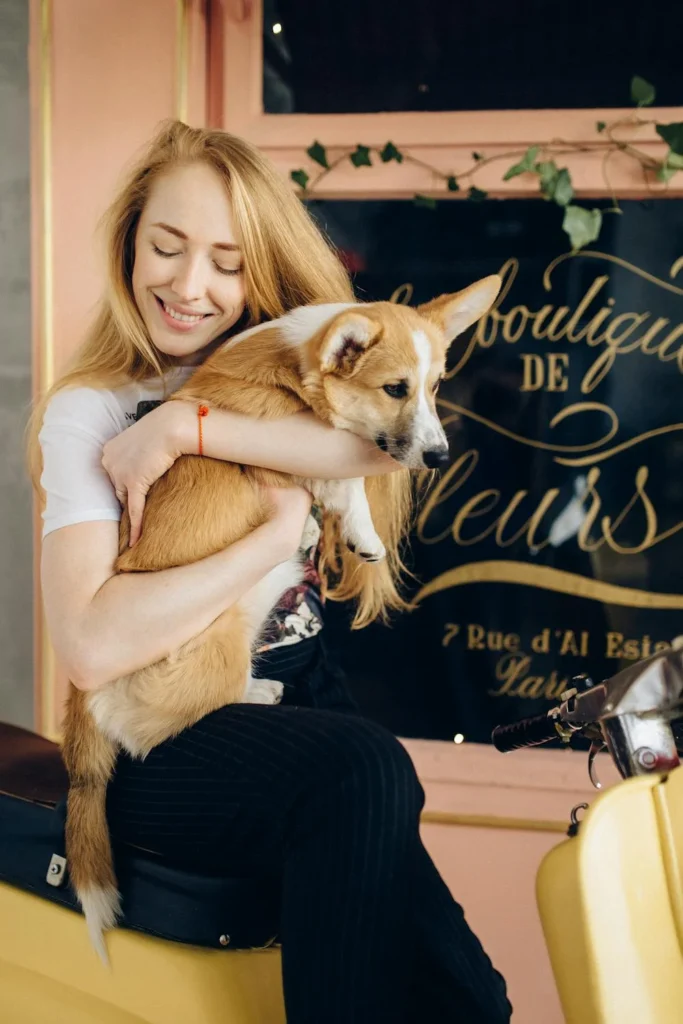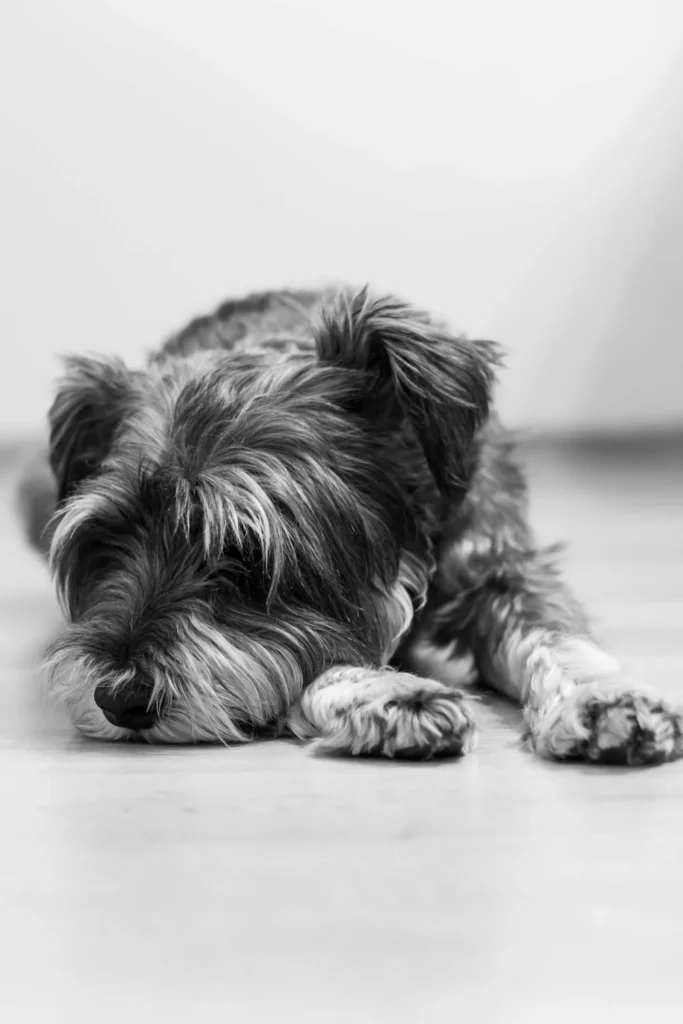- Introduction: The Poodle’s Devotion Decoded
- The Poodle’s Nature: Born to Bond 🤝
- Why Does My Poodle Follow Me Everywhere? 🕵️♀️
- Poodles vs. Other Breeds: The Follow Factor 🐕🦺
- The Benefits of a Poodle Shadow: It’s Not All Bad! 😊
- The Drawbacks: When Following Becomes Too Much 😓
- How to Manage Your Poodle’s Following Behavior 🎓
- Case Study: Max the Miniature Poodle 🐾
- Expert Opinions: What the Pros Say 🎤
- FAQs: Your Poodle Following Questions Answered 🙋♀️🙋♂️
- Conclusion: Embracing Your Poodle Shadow 🌟
Introduction: The Poodle’s Devotion Decoded
Ever feel like you’ve got a fluffy, four-legged shadow? If you’re a poodle owner, you’re not alone! These curly-coated canines are famous for their unwavering devotion, often expressed through their constant companionship. But why do poodles follow their owners around, and what does this behavior mean? Let’s dive into the world of poodle personalities and uncover the mysteries behind their perpetual presence at our heels.
The Poodle’s Nature: Born to Bond 🤝
Poodles aren’t just pretty faces with fancy haircuts. These dogs are intelligent, sensitive, and deeply attached to their human families. Their tendency to follow you around isn’t just a quirk—it’s hardwired into their DNA.
Historical Context: From Water Retrievers to Lap Dogs
Poodles were originally bred as water retrievers in Germany. Their job? To fetch waterfowl for hunters. This required a close working relationship with humans, leading to the development of a breed that’s naturally inclined to stick close to its people.
Over time, poodles transitioned from working dogs to companions, but their desire to be near humans never waned. In fact, it might’ve intensified as they were bred more for companionship than for work.
The Poodle’s Social Structure: You’re the Pack Leader
In the wild, dogs are pack animals. Domesticated poodles view their human family as their pack. And guess what? You’re the leader! 🦸♀️🦸♂️ Your poodle follows you because:
- They’re seeking guidance and direction
- They want to be ready for any action or adventure
- They’re showing respect and submission to the pack leader
Why Does My Poodle Follow Me Everywhere? 🕵️♀️
Now that we’ve covered the basics, let’s delve deeper into the specific reasons your poodle might be your constant companion:
- Affection and Bonding: Poodles are loving creatures. Following you is their way of showing affection and strengthening your bond.
- Curiosity: Poodles are intelligent and inquisitive. They want to know what you’re up to!
- Anxiety or Insecurity: Some poodles may follow their owners due to separation anxiety or a lack of confidence.
- Routine and Expectations: If you’ve inadvertently rewarded this behavior, your poodle may have learned that following you leads to good things.
- Protection: While not typically aggressive, poodles can be protective. They might follow you to ensure your safety.
- Boredom: A poodle without enough mental and physical stimulation may seek entertainment by following you.
- Aging or Health Issues: Older poodles or those with health problems may stick close for comfort or assistance.
Let’s break this down by poodle variety and age:
| Poodle Variety | Age Group | Likelihood of Following | Common Reasons |
|---|---|---|---|
| Toy Poodle | Puppy (0-1 year) | Very High | Curiosity, Bonding |
| Toy Poodle | Adult (1-7 years) | High | Affection, Routine |
| Toy Poodle | Senior (8+ years) | Moderate to High | Comfort, Health Issues |
| Miniature Poodle | Puppy (0-1 year) | Very High | Curiosity, Bonding |
| Miniature Poodle | Adult (1-7 years) | High | Affection, Protection |
| Miniature Poodle | Senior (8+ years) | Moderate to High | Comfort, Routine |
| Standard Poodle | Puppy (0-1 year) | High | Curiosity, Bonding |
| Standard Poodle | Adult (1-8 years) | Moderate to High | Affection, Boredom |
| Standard Poodle | Senior (9+ years) | Moderate | Comfort, Health Issues |
Poodles vs. Other Breeds: The Follow Factor 🐕🦺
How do poodles stack up against other breeds when it comes to following behavior? Let’s take a look:
| Breed | Follow Factor (1-10) | Notable Traits |
|---|---|---|
| Poodle | 9 | Intelligent, Affectionate |
| Velcro Vizsla | 10 | Nicknamed “Velcro” for a reason! |
| Independent Siberian Husky | 3 | More aloof and independent |
| Loyal German Shepherd | 8 | Protective and devoted |
| Curious Beagle | 6 | Often distracted by scents |
| Clingy Chihuahua | 9 | Small size contributes to clinginess |
As you can see, poodles rank high on the “Follow Factor” scale, surpassed only by breeds like the Vizsla, which are famous for their attachment to their owners.
The Benefits of a Poodle Shadow: It’s Not All Bad! 😊
While having a poodle constantly at your heels might seem overwhelming, there are actually several benefits to this behavior:
- Constant Companionship: Never feel lonely with your furry friend always by your side!
- Increased Bond: The more time you spend together, the stronger your relationship becomes.
- Exercise Motivation: Your poodle’s desire to be with you can encourage you to be more active.
- Safety: A watchful poodle can alert you to potential dangers.
- Emotional Support: Poodles are intuitive and can offer comfort when you’re feeling down.
- Training Opportunities: A poodle that follows you is easier to train and supervise.
The Drawbacks: When Following Becomes Too Much 😓
Of course, there can be downsides to having a poodle shadow:
- Lack of Personal Space: Sometimes you just need a moment alone!
- Tripping Hazard: A poodle underfoot can be dangerous, especially for elderly owners or those with mobility issues.
- Separation Anxiety: Extreme following behavior can lead to distress when you’re not around.
- Dependency Issues: Your poodle might struggle to entertain themselves or be independent.
- Disrupted Sleep: If your poodle follows you to bed, it might interrupt your sleep patterns.
- Bathroom Buddies: Say goodbye to private bathroom time!
How to Manage Your Poodle’s Following Behavior 🎓
If your poodle’s shadowing is becoming problematic, don’t worry! There are ways to manage this behavior:
- Create Safe Spaces: Designate areas where your poodle can relax independently.
- Gradual Separation: Practice short periods of separation to build confidence.
- Positive Reinforcement: Reward your poodle for independent behavior.
- Provide Mental Stimulation: Puzzle toys and training sessions can keep your poodle occupied.
- Establish Routines: Set clear expectations for when it’s okay to follow and when it’s not.
- Address Underlying Issues: If anxiety is the root cause, consider professional training or veterinary advice.
- Exercise: A tired poodle is more likely to relax independently.
Remember, the goal isn’t to completely stop your poodle from following you, but to create a healthy balance between togetherness and independence.
Case Study: Max the Miniature Poodle 🐾
Max, a 3-year-old miniature poodle, was driving his owner Sarah crazy with his constant following. Sarah worked from home and found it difficult to concentrate with Max always underfoot. Here’s how they tackled the issue:
- Sarah created a cozy corner in her office with Max’s bed and favorite toys.
- She started with short periods of separation, gradually increasing the duration.
- Max received treats and praise for settling in his corner.
- Sarah incorporated more playtime and walks into their routine to tire Max out.
- She used baby gates to create boundaries while still allowing Max to see her.
After a few weeks of consistent training, Max learned to relax in his corner while Sarah worked. He still checked in occasionally but was much more content to spend time on his own.
Expert Opinions: What the Pros Say 🎤
Dr. Emily Carter, Veterinary Behaviorist: “Poodles’ following behavior is often a sign of a strong bond, but it’s important to encourage some independence to prevent anxiety issues.”
Professional Dog Trainer Jake Thompson: “Training a poodle to be comfortable alone starts with short separations and lots of positive reinforcement. Consistency is key!”
FAQs: Your Poodle Following Questions Answered 🙋♀️🙋♂️
Q: Is it normal for my poodle to follow me to the bathroom?
A: Yes, this is common behavior for many dogs, especially poodles. It’s often driven by their pack mentality and desire to be near you.
Q: My poodle follows me more than it follows other family members. Why?
A: Poodles often form a stronger bond with the person who feeds, walks, and interacts with them the most. This person becomes their primary caregiver in the “pack.”
Q: Can following behavior in poodles be a sign of a health problem?
A: While it’s usually just a personality trait, sudden increases in following behavior could indicate anxiety, vision or hearing loss, or other health issues. If you notice a drastic change, consult your vet.
Q: How can I tell if my poodle’s following behavior is problematic?
A: If your poodle shows signs of distress when separated from you, can’t settle when you’re out of sight, or the behavior interferes with daily life, it might be time to address the issue.
Q: Are certain poodle varieties more likely to be “Velcro dogs”?
A: While individual personalities vary, toy and miniature poodles tend to be more prone to following behavior due to their smaller size and often more dependent nature.
Conclusion: Embracing Your Poodle Shadow 🌟
Your poodle’s desire to be your constant companion is a testament to the strong bond between you. While it can sometimes be overwhelming, remember that this behavior comes from a place of love and trust. By understanding the reasons behind it and implementing strategies to encourage healthy independence, you can enjoy the best of both worlds—a devoted poodle who’s also confident and content on their own.
Embrace your poodle shadow, but don’t be afraid to set boundaries. With patience, consistency, and lots of love, you and your poodle can find the perfect balance between togetherness and independence. After all, isn’t that what true companionship is all about? 🐩❤️

